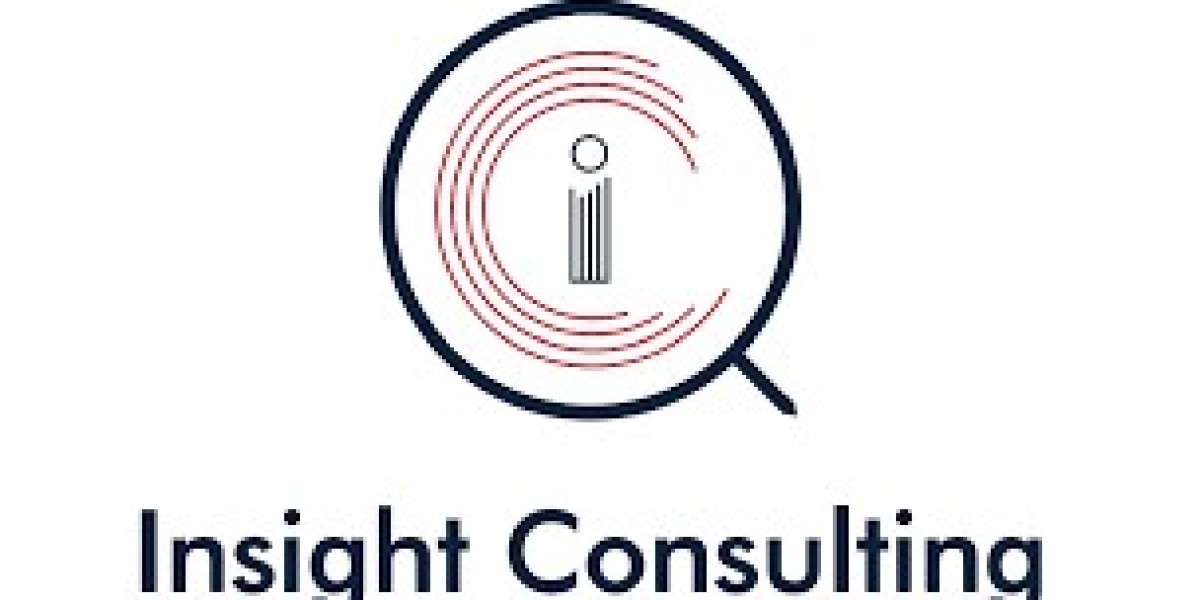Search Engine Optimization (SEO) is the process of enhancing a website's visibility in search engine results pages (SERPs) to attract more organic (non-paid) traffic. In a digital age where most users turn to search engines like Google, Bing, and Yahoo to find information, products, and services, having a strong SEO strategy is crucial for online success. This article will break down the various aspects of how SEO works and the steps involved in creating an effective SEO strategy.
1. What is SEO?
SEO stands for Search Engine Optimization, and its main goal is to make your website more visible in search engines like Google when people search for relevant keywords. In essence, SEO helps improve the ranking of your website’s pages so that they appear higher in the search results. Websites that rank higher in SERPs tend to get more traffic, and this traffic can be valuable in terms of conversions, leads, or sales.
SEO can be broken into three key areas:
- On-Page SEO
- Off-Page SEO
- Technical SEO
Each of these elements plays a crucial role in determining how well a website will rank in search engines.
2. How Search Engines Work
Before delving into SEO, it’s important to understand how search engines function. Search engines like Google operate based on complex algorithms that crawl, index, and rank websites. The core process of search engines involves the following steps:
a. Crawling
Search engines use "crawlers" or "spiders" to browse the internet and discover new or updated web pages. These crawlers follow links on websites to find new content. Crawling is the process of scanning and collecting data from every page.
b. Indexing
Once the search engine crawls a webpage, it stores the information in its index. The index is a large database that contains all the content it has crawled from various web pages. If a page is not indexed, it won't appear in search results.
c. Ranking
When a user enters a search query, the search engine uses its algorithm to decide which pages to show and in what order. This ranking is based on hundreds of ranking factors (like content relevance, backlinks, user experience, etc.), which the search engine deems important for delivering the most relevant and useful results to users.
d. Returning Results
Search engines aim to provide users with the most accurate and relevant results for their queries. These results are presented in the form of SERPs (Search Engine Results Pages). Pages that rank higher are seen as more relevant and authoritative for the search query.
3. Key Elements of SEO
SEO is a multifaceted approach, involving multiple strategies and tactics. Let’s break down the key components:
a. On-Page SEO
On-Page SEO refers to optimizing elements within your website that influence search rankings. This involves both content and technical aspects of your site:
1. Keyword Research
Keyword research is the foundation of SEO. It involves finding the words and phrases that people are searching for on search engines. Tools like Google Keyword Planner, Ahrefs, SEMrush, and Ubersuggest can help identify valuable keywords with a good search volume and manageable competition.
2. Optimizing Title Tags and Meta Descriptions
Title tags are the clickable headlines you see on SERPs. They should include the target keyword and be crafted to attract users' attention. Meta descriptions provide a brief summary of a page’s content and should also be optimized to include relevant keywords.
3. Content Optimization
Content is king in SEO. Your website must provide high-quality, valuable, and relevant content that answers users’ queries. Content should be engaging, easy to read, and contain the target keywords naturally. Regularly updating and expanding content can help improve rankings.
4. URL Structure
URLs should be clean, concise, and descriptive. For example, a URL like www.example.com/best-coffee-machines is easier to read and more SEO-friendly than www.example.com/12345.
5. Header Tags (H1, H2, H3, etc.)
Header tags structure your content and make it easier for both users and search engines to understand the page. The H1 tag should contain your main keyword, and subheadings (H2, H3, etc.) should organize your content logically.
6. Internal Linking
Internal linking connects different pages within your website, improving navigation and allowing search engines to crawl your site more effectively. This also helps in distributing page authority across your site.
b. Off-Page SEO
Off-Page SEO refers to activities that happen outside of your website but influence your ranking. The primary component of off-page SEO is backlinks.
1. Backlinks
Backlinks (also known as inbound links) are links from other websites pointing to your website. The quality and quantity of backlinks play a major role in determining your website's authority and trustworthiness. Websites with more high-quality backlinks are considered more authoritative, and thus, rank higher in search results.
2. Social Media Signals
Although social media presence doesn’t directly affect rankings, there is a correlation between social media engagement and search rankings. Social media shares, likes, and comments can drive traffic and awareness to your content.
3. Influencer Outreach
Building relationships with influencers in your industry and getting them to link to your site or share your content can increase your site's exposure and authority.
4. Brand Mentions
Even if a website doesn’t link directly to your site, simply mentioning your brand name across the web can also help increase your visibility and indirectly improve your SEO.
c. Technical SEO
Technical SEO involves optimizing the infrastructure of your website to ensure it meets the requirements of search engines. Key elements of technical SEO include:
1. Site Speed
Page loading time is crucial for both user experience and search rankings. Google has made it clear that site speed is a ranking factor. Websites that load quickly offer a better experience to users, which is why they tend to rank higher.
2. Mobile-Friendliness
With the rise of mobile internet usage, search engines prioritize mobile-friendly websites. Google uses mobile-first indexing, which means it primarily looks at the mobile version of your site for ranking.
3. XML Sitemap
An XML sitemap is a file that lists all of the important pages on your website to ensure search engines can find and crawl them easily.
4. Structured Data and Schema Markup
Structured data, or schema markup, is code you can add to your site to help search engines understand the content better. This can result in rich snippets in search results, which can boost click-through rates (CTRs).
5. Canonical Tags
Canonical tags help prevent duplicate content issues by specifying the preferred version of a page when multiple versions of the same content exist on your site.
6. Fixing Broken Links
Broken links, both internal and external, can negatively impact SEO. They harm user experience and may prevent crawlers from properly indexing your pages.
4. Measuring and Analyzing SEO Performance
Effective SEO involves continual measurement and adjustments. There are several tools and metrics that SEO professionals use to track progress:
a. Google Analytics
Google Analytics provides insights into your website’s performance, including the number of visitors, bounce rate, average time on site, and traffic sources.
b. Google Search Console
Google Search Console is a powerful tool that allows you to track how your website appears in search results, monitor its performance, and identify potential issues like crawl errors or manual penalties.
c. Rank Tracking Tools
Tools like Ahrefs, SEMrush, and Moz help monitor keyword rankings and the performance of your SEO efforts. By tracking keyword rankings over time, you can understand which strategies are effective and which need improvement.
d. Backlink Analysis Tools
Backlink tools help assess the quality of backlinks pointing to your site, identify opportunities for link building, and monitor your link profile.
5. SEO Best Practices
To ensure that your SEO efforts are successful, follow these best practices:
- Focus on User Experience: Search engines prioritize websites that provide a good user experience. Ensure your site is easy to navigate, mobile-friendly, and fast.
- Create High-Quality Content: Content should be relevant, informative, and valuable to your target audience. It should also be updated regularly.
- Avoid Black Hat SEO: Black hat SEO refers to unethical tactics, such as keyword stuffing or buying links, that can result in penalties from search engines.
- Stay Updated: SEO is constantly evolving, with search engine algorithms frequently changing. Stay updated on trends and adjust your strategy accordingly.
Conclusion
SEO is a long-term investment that requires patience, consistency, and an understanding of search engines’ evolving algorithms. By focusing on on-page optimization, building authoritative backlinks, ensuring technical integrity, and delivering a great user experience, websites can improve their chances of ranking higher in search engine results. Regular monitoring, analysis, and adaptation are key to maintaining SEO success. With the right approach, SEO can dramatically enhance your website's visibility, attract targeted traffic, and ultimately boost business growth.


